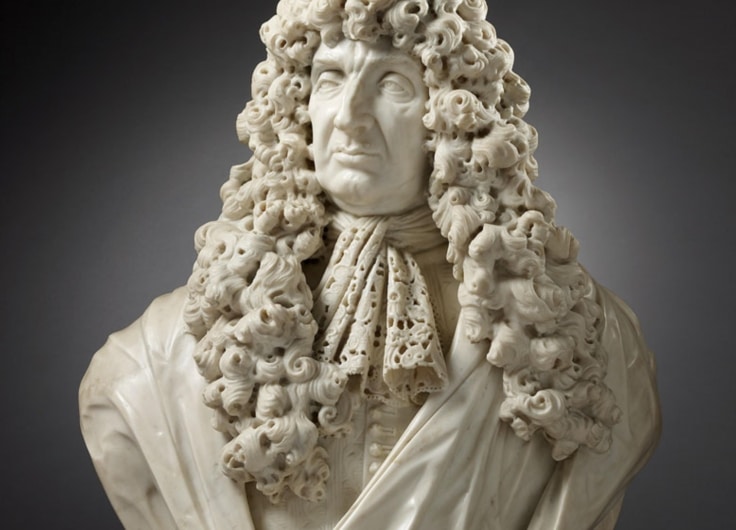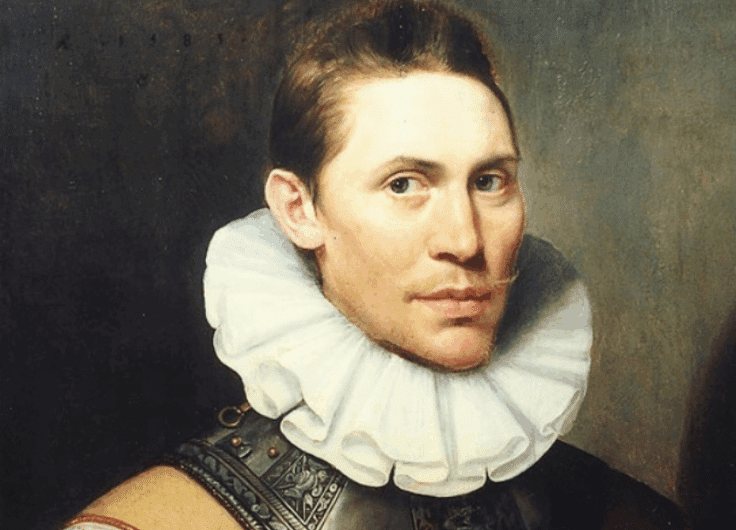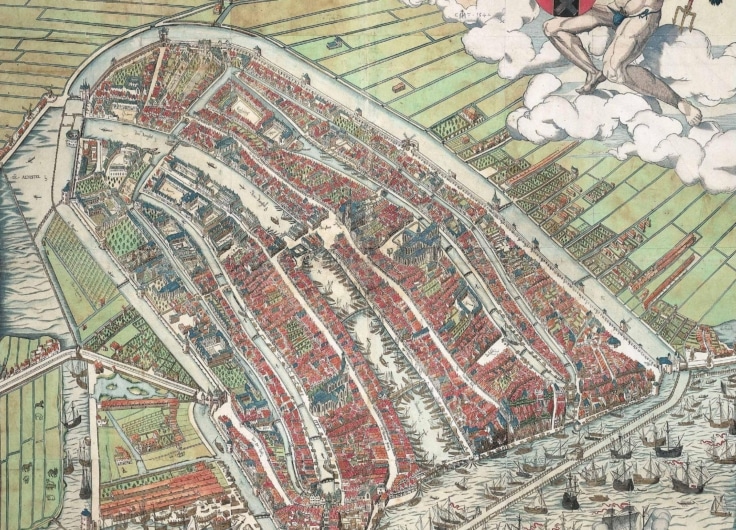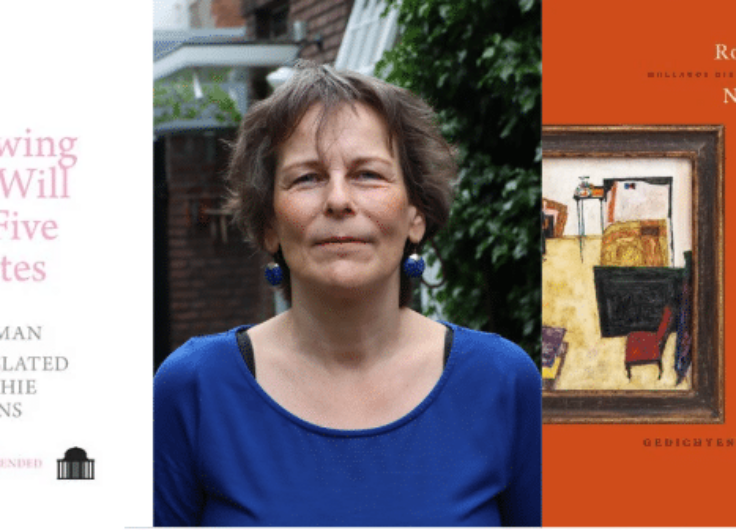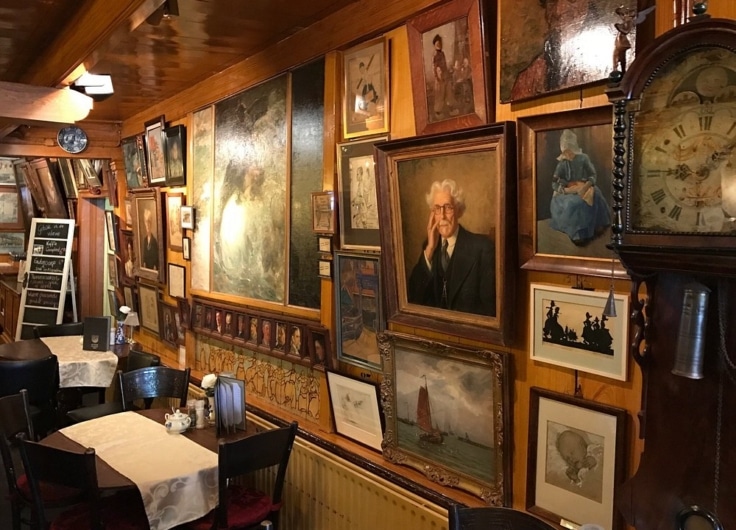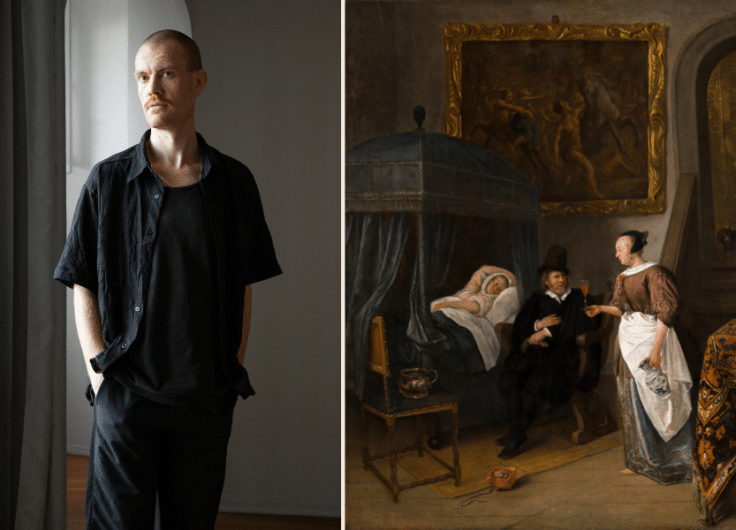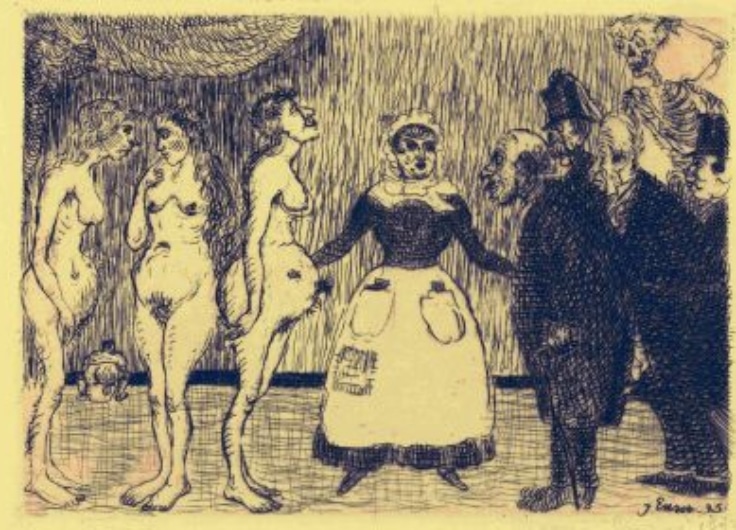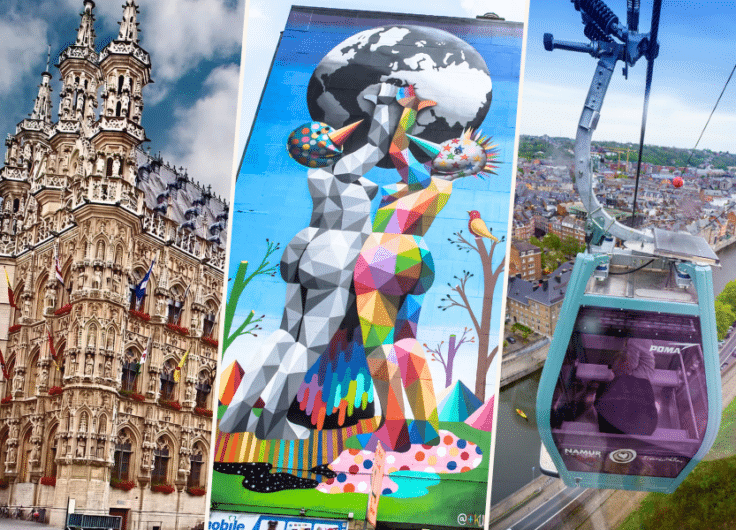Code Switching in the Dutch East Indies
When speakers of one language encounter those of another, they often insert words of the other language into their own. This is called code switching. This also was and is the case for Dutch speakers.
They may code switch for a number of reasons. One of these is that they lack a word to describe a new thing or idea they encounter or because the new language has more prestige than their own. When the Dutch began trading with people in East Asia, they encountered many new things, such as goods, types of ship, coins and units of measure, to name but a few. The Dutch were prodigious record keepers, noting down almost everything that happened at their trading posts on Java, in Taiwan, on Kyushu, Japan and elsewhere in dagregisters, or factory journals. These facts mean that the Dutch language in these journals is full of code switching. A recent project on the factory journals kept at Batavia, the centre of Dutch trading activities in the East Indies, gives a sense of the number of non-Dutch words inserted into the Dutch texts.
In one or two cases, the words are of Portuguese origin, such as pancado, a fixed price for raw silk. There are also Arabic and Persian words. The Arabic coin کبير (from the Arabic for ‘big’) and Persian gīlān ( گيلان ), a type of silk, are two examples, reminding us that the Dutch trading network spread to the Middle East. From the Indonesian archipelago we find words such as the Malay gantang, a unit of weight, and the Javanese demang, a district chief.
Several forms of Chinese are used in Dutch texts. The Mandarin huáng chuán (艎舡), a type of large boat, is often given in a Malay form, wankang. Cantonese is represented with sum, a type of ginseng and Hokkein with the word for ‘tea’ tê (茶), which has given rise to most European words for tea, with a couple of exceptions such as Portuguese chá (from Mandarin) and Polish herbata. Japanese coins such as the ichibu (一分) are mentioned in the Dutch records and Hindi words such as kāch (काछ), a type of cloth are also used in cases of code switching.
Clearly, these texts are still Dutch, although the vocabulary is very different from that being used in the Low Countries. We might call this form of Dutch used in East Asia a regiolect, or thalassolect (sea language) or perhaps emporiolect (a trading language). However, whatever we call it, what the above underlines is the diversity of the history of Dutch. In this regard, it may be better to talk, along with Peter Burke, of Dutches than one Dutch language.
This article was published on the blog History of Dutch


